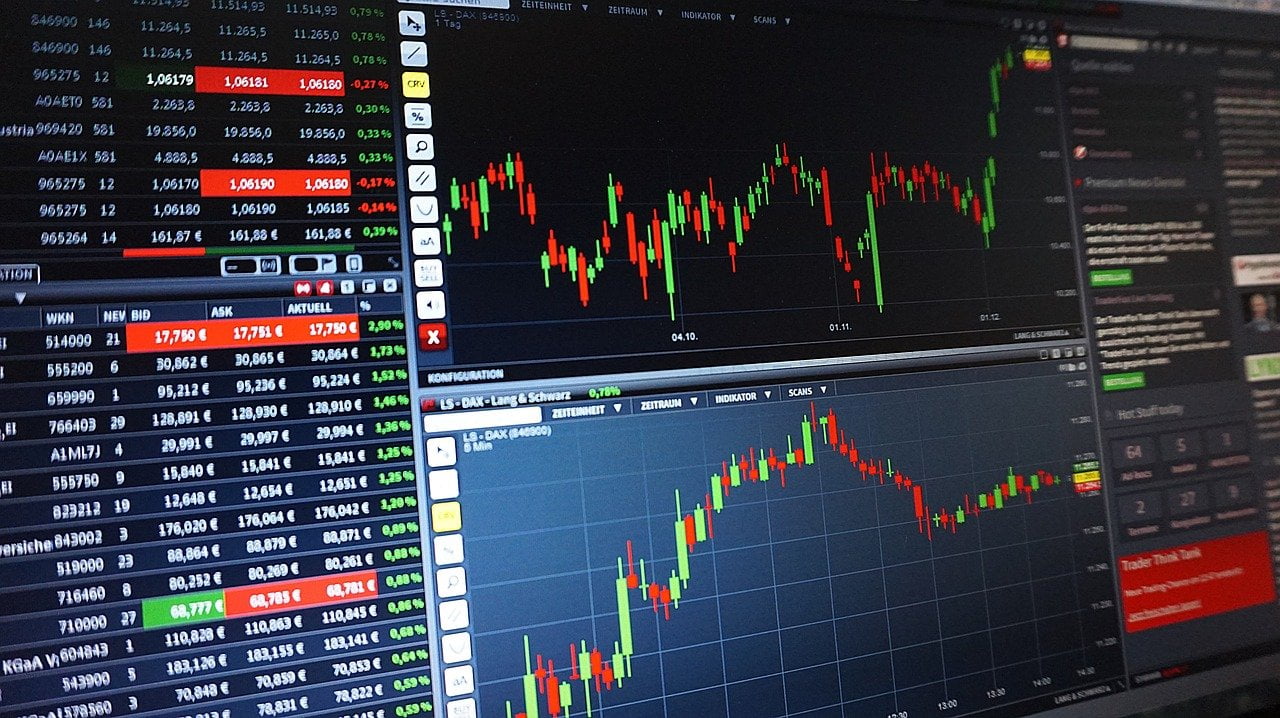Financial markets are constantly evolving, influenced by economic shifts, geopolitical events, and technological advancements. For retail CFD traders, the ability to adjust strategies in response to these changes is crucial. Trading Strategies that remain rigid may fail under new conditions, while adaptable strategies allow traders to capitalize on opportunities and minimize risk. At I AM A TRADER, we focus on equipping traders with insights and tools that enable them to modify and optimize their approaches for consistent profitability. Understanding how to create Trading Strategies that adapt to changing markets is essential for sustained trading success.
Why Adaptability Matters in Trading
Markets do not move in a linear or predictable fashion. Trends, volatility, and liquidity can shift rapidly, making static Trading Strategies less effective. Adaptable strategies allow traders to respond to:
- Sudden market reversals
- Increased or decreased volatility
- News or macroeconomic events
- Changes in asset correlations
By integrating adaptability into their trading plans, traders reduce losses during adverse conditions and maximize gains when opportunities arise.
1. Trend-Adaptive Strategies
Trend-following remains a core principle, but in volatile or sideways markets, trends can shift quickly. Adaptive trend-following Trading Strategies monitor multiple indicators and timeframes to identify trend strength and direction.
- How it works: Combine moving averages, MACD, and trend strength indicators to confirm signals. Adjust trade entries and exits based on the changing trend intensity.
- Why it’s effective: Allows traders to participate in strong trends while avoiding false breakouts or trend reversals.
2. Volatility-Based Adjustments
Markets fluctuate between periods of high and low volatility. Adaptive Trading Strategies adjust position sizes, stop-loss levels, and profit targets based on current volatility.
- How it works: Use indicators like Average True Range (ATR) to measure volatility. Increase stop-loss distances during high volatility and reduce them in stable markets.
- Why it’s effective: Protects capital and optimizes risk-reward ratios under varying market conditions.
3. Range and Breakout Adaptation
Markets alternate between trending and range-bound phases. Adaptive Trading Strategies recognize these shifts and switch methods accordingly:
- Range trading: Buy near support and sell near resistance when the market is consolidating.
- Breakout trading: Enter trades when price breaks key levels during trending periods.
This flexibility allows traders to capture profits in both trending and sideways markets without sticking to a single approach.
4. Timeframe Flexibility
Different market conditions are best analyzed using varying timeframes. Adaptive Trading Strategies incorporate multiple timeframes to align entries with broader trends while optimizing timing.
- How it works: Use higher timeframes to identify the primary trend, intermediate timeframes for swing confirmation, and lower timeframes for precise entry points.
- Why it’s effective: Reduces false signals and increases probability of successful trades.
5. Sentiment-Responsive Strategies
Market sentiment plays a crucial role in price movements. Adaptive Trading Strategies monitor sentiment indicators, such as news sentiment, social media trends, and investor surveys, to adjust trading positions.
- How it works: Incorporate sentiment analysis into trade decisions, entering long positions when positive sentiment aligns with technical trends, and short positions when negative sentiment prevails.
- Why it’s effective: Enhances decision-making by combining technical and psychological market factors.
6. Algorithmic and Rule-Based Adaptation
Advanced adaptive Trading Strategies use algorithmic systems to adjust automatically to changing conditions. Rules are programmed to respond to volatility, trend strength, and other market variables.
- How it works: Automated trading systems can scale position sizes, tighten stop-losses, or switch strategies based on predefined conditions.
- Why it’s effective: Reduces emotional trading, ensures timely execution, and allows traders to react faster than manual methods.
7. Risk Management Adjustments
Adaptive Trading Strategies integrate dynamic risk management. Depending on market conditions, traders modify leverage, exposure, and stop-loss distances to maintain consistent performance.
- High volatility: Reduce position size and widen stop-loss to avoid being prematurely stopped out.
- Stable markets: Increase exposure slightly while maintaining risk limits to capture steady profits.
This approach ensures capital preservation while maximizing opportunities under varying conditions.
8. Combining Technical and Fundamental Analysis
Markets respond to both technical patterns and fundamental events. Adaptive Trading Strategies integrate both:
- Technical analysis: Guides precise entry and exit points based on price, volume, and momentum.
- Fundamental analysis: Assesses macroeconomic data, earnings reports, and regulatory changes to anticipate market shifts.
Combining these insights allows traders to adapt strategies proactively rather than reactively.
9. Continuous Strategy Evaluation
Adaptive trading requires ongoing evaluation. Traders must track the performance of their Trading Strategies, identify areas of improvement, and modify rules as needed.
- Backtesting: Evaluate strategies against historical data to ensure they perform under similar market conditions.
- Forward testing: Use demo accounts or small positions to validate adjustments in real-time.
Continuous monitoring ensures that strategies remain effective despite evolving markets.
10. Psychological Flexibility
Adapting strategies also requires mental flexibility. Traders must remain objective, avoid attachment to a single method, and embrace change when conditions warrant. Emotional discipline ensures that adaptive Trading Strategies are executed as designed, not influenced by fear or overconfidence.
Conclusion: The Power of Adaptable Trading Strategies
Markets are inherently unpredictable, and rigid strategies can leave traders exposed to risk or missed opportunities. Trading Strategies that adapt to changing conditions provide a competitive edge, enabling traders to respond proactively to volatility, trends, and market sentiment.
At I AM A TRADER, we emphasize that adaptability, combined with disciplined execution and robust risk management, is essential for sustained success in retail CFD trading. By implementing adaptive strategies, traders can protect capital, optimize profits, and navigate evolving markets with confidence.



